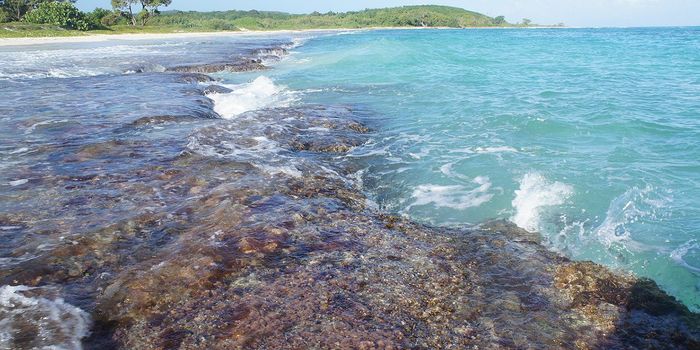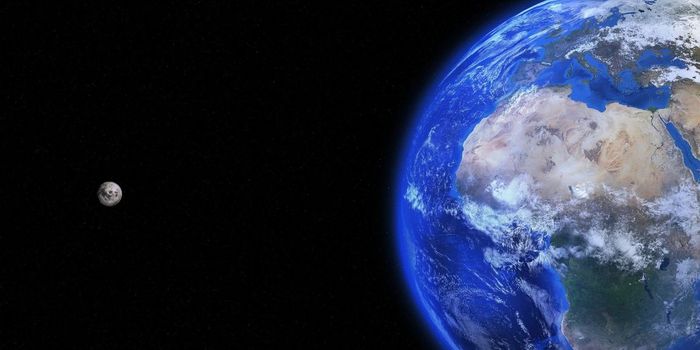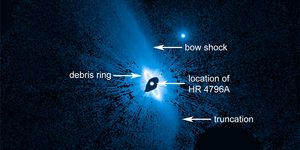How Long Would it Take Other Vehicles to Cover the Same Distance As Voyager 1?
NASA's Voyager 1 probe set out to learn more about Jupiter, Saturn, and Titan, among other things, but it kept going even after its primary mission was complete. Today, the Voyager 1 spacecraft resides in interstellar space, just outside of the solar system. And it will keep moving onward, even after its onboard electronics and fuel source eventually fizzle out.
Voyager 1 didn't get where it is today by casually floating around. Instead, it's whipping through space at break-neck speeds exceeding 38,000 miles per hour thanks to a gravitational assist maneuver that was made possible by Jupiter's gravitational influence. Even at these astonishing speeds, it took Voyager 1 more than 40 years to get to its current location in outer space - more than 13 billion miles from home.
13 billion miles is a long distance to travel, and with that in mind, have you ever stopped to think how long it might take for other humanmade vehicles to travel this same distance? If you did, then you wouldn't be alone.
Assuming cars could 'drive' the same distance that Voyager 1 flew, it would take some of the world's top production cars more than 5,500 years to cover the same distance that Voyager 1 completed in just 40 years. Comparatively, a Boeing 747 airliner would take more than 2,100 years, an F-15 jet airplane would take more than 330 years, and the space shuttle would take around 80 years.
Voyager 1's speed in this contents put into perspective just how quickly the spacecraft is moving, but also the vastness of the universe around us.








